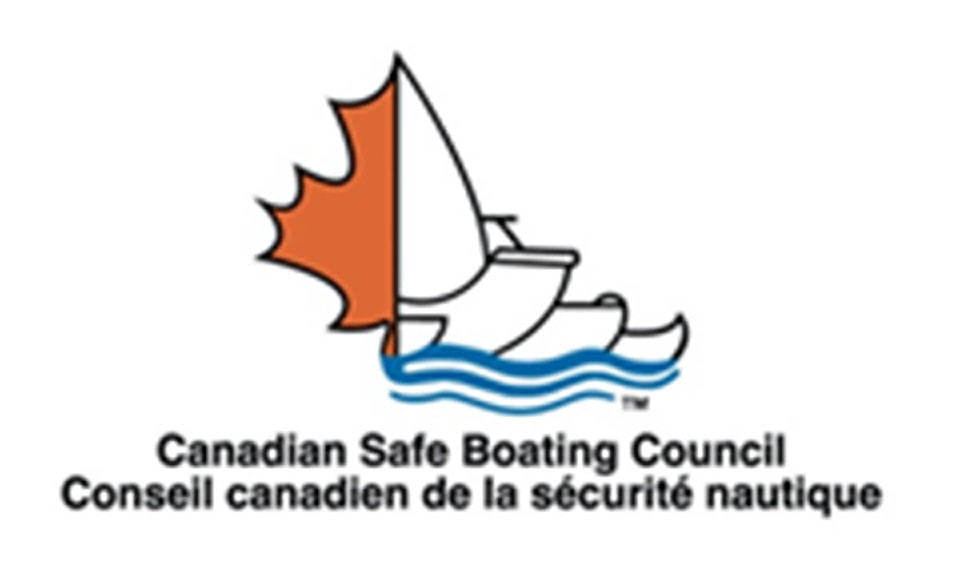TORONTO, ON - The arrival of spring breezes and warmer temperatures is long awaited for boaters who have bided their time patiently through the long months of winter to get back out on the water in their power boats, sailboats, canoes, kayaks or stand-up paddleboards.
Canadian Safe Boating Council and its many partners would like at this time to remind boaters of the dangers of cold water immersion.
READ MORE: Canadian Safe Boating Council
“Canadian waters are usually cold year round, coast to coast to coast, so we need to always be prepared and that means wearing your lifejacket when you are on the water” says John Gullick, chair of the Canadian Safe Boating Council.
While never planned, incidents happen more frequently that anyone can imagine.
It starts with a cold shock; the gasp that can be deadly if the person’s head is underwater. It’s followed by approximately a minute of hyperventilation. During this period, many people panic thinking that hypothermia is imminent, and they drown.
The main thing to remember is that, even in ice cold water, it takes at least 30 minutes for an adult to become even mildly hypothermic! After about a minute, breathing returns to near normal and it’s during the next 10 to 15 minutes, attempts to self-rescue are most important.
As this time elapses, the nerves and muscles in the arms and legs cool to the point where they can’t keep the person afloat any longer. At this point, the person’s survival is dependent on their lifejacket or PFD to keep them afloat and their airway clear. It will take approximately one hour before the person loses consciousness due to hypothermia.
Dr. Gordon Giesbrecht, professor of thermophysiology at the University of Manitoba has encapsulated this one minute of hyperventilation, 10 minutes of meaningful movement and 1 hour of consciousness as the “1-10-1 Principle”.
Having a way to climb back into the boat without assistance is the most effective plan for self-rescue. If this is impossible as the boat has overturned, getting as much of the person’s body out of the water by climbing onto the overturned hull (or anything else that’s floating such as a cooler) will reduce the rate of cooling.
Should there be no means to get out of the water, the best approach is to stay very still and adopt the H-E-L-P (Heat Escape Lessening Position) Position. If alone, the person should bring their knees up as close to their torso as possible and cross their arms over their chest. This will help protect vital organs.
If with others, huddle together interlocking arms and legs pressing torsos together to preserve heat.
The best approach, however, is taking preventative measures by dressing for the water temperature rather than the air. Thermal protective clothing, worn in layers, is extremely effective at staving off or at least delaying the onset of hypothermia until help arrives.
newsroom@clearwatertimes.com
Like us on Facebook and follow us on Twitter
